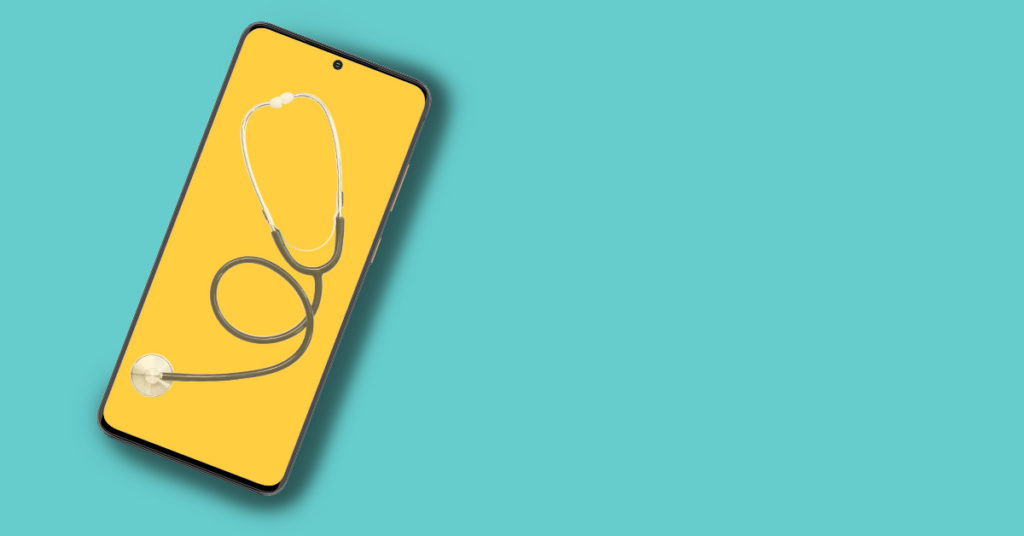
Unexpected Ways To Use Telemedicine
1 commentVisiting a doctor in person is so 2019. Telemedicine has grown in popularity during the pandemic as people try to maintain social distancing rules. According to the CDC, the number of telehealth visits jumped by 50% during the first quarter of 2020 compared to the same period the year before. Today, telemedicine continues to grow in popularity.
What to expect
Telemedicine is a way of visiting a healthcare provider using video on your smartphone, laptop, tablet or PC. Using voice and video features, doctors can examine you and treat everything from depression to strep throat. And telemedicine is getting easier than ever.
The software you’ll need
Visiting your doctor can now be as easy as jumping on a video call. Many apps can connect you with a doctor online. You can also contact your local healthcare provider to see if they have their own way of making a virtual visit. Keep in mind that healthcare providers have to abide by privacy regulations, so you may not be able to chat over Zoom or FaceTime. Your doctor may ask you to use a more secure platform designed for telemedicine use, like Teladoc. When you schedule an appointment, your doctor’s office will likely send an email with complete directions for connecting for the video call. Be sure to reach out with any questions ahead of time to ensure your appointment runs smoothly.
Equipment for telemedicine
Some companies sell equipment you can keep at home that could make virtual visits more effective. For example, the TytoCare home kit allows providers to listen to your heart and lungs with a digital stethoscope, look into your ears and examine your throat.
Your virtual visit
When doctors conduct a virtual exam, they’ll ask you about your symptoms and give you a chance to discuss how you’re feeling. In some cases, doctors can look at parts of your body using the video camera built into your device. If needed, doctors can prescribe medications based on a virtual visit, the same as if you had an in-person office exam.
Be prepared
It’s a good idea to write down what you want to discuss with your doctor before the appointment. You should jot down your symptoms, medical history and any therapies you’ve already tried. Your doctor may ask for some of your vital signs, such as your weight, temperature and blood pressure. These measurements can be quickly done at home with a scale, thermometer and an at-home blood pressure cuff.
Types of telemedicine visits that are available
Prescribing medicine
Doctors can prescribe medications in the same way as if you were visiting their office in person. According to guidance by the U.S. Drug Enforcement Administration, controlled substances can also be prescribed over the phone during the coronavirus pandemic. Prescriptions can be sent directly to your pharmacy by your doctor.
Checking for strep
Doctors can diagnose strep throat using virtual visits. MDLIVE, for example, offers a way to upload pictures of your throat to its website. Doctors can examine the images for signs of strep and then prescribe antibiotics as a treatment if needed.
Mental healthcare
Virtual healthcare has been moving beyond physical issues with a growing number of patients seeking mental healthcare online. Therapy can be conducted via voice or video calls. A virtual visit to a therapist works much like an appointment in person. Therapists will get to know you by asking questions and discussing symptoms you may be experiencing. You can begin a regular schedule of talk therapy using voice or video calls.
Chronic conditions
Telehealth can also be used for chronic disease management. If you have a chronic condition, a doctor can provide ongoing care by video for conditions such as heart problems, asthma, high blood pressure or diabetes. Doctors can give monitoring advice, counsel on any new symptoms and prescribe medications.
Dentistry
While you’re not going to get a virtual teeth cleaning, you can check in for any acute issues like dental trauma, swelling or pain. (Similarly, you can reach out if you have any problems with orthodontia.) You can conference with your own dentist or use one of the many services like Denteractive, which can pair you with a dentist in your area via text or video 24/7.
Dermatology
If you’re bothered by eczema, acne, psoriasis or just a strange new skin rash, there are many online sites like DermatologistOnCall that specialize in connecting you to a dermatologist for a telemedicine consultation.
Allergies and asthma
For allergy and asthma patients, ongoing long-term care and evaluation are important functions that can be managed remotely between you and your doctor. Coaches for asthma and allergies are also available via telemedicine so patients can better manage their condition, stay active and relieve anxiety.
Ophthalmology
An online vision test? Yes! From a virtual vision exam to red eye issues and more, providers like the esteemed Cleveland Clinic are using telemedicine to diagnose, treat and manage many eye issues. Research is underway to do more diagnostic tests like measuring pressure within your eye and photographing the back of your eye—all via telemedicine.
Weight loss
Obesity is a growing problem in America, and a study reported in the Journal of Telemedicine and Telecare shows that telemedicine can help. Participants in the study used an app to track their food intake and exercise. Those who also had weekly one-on-one virtual coaching sessions with a registered dietitian lost more weight than those who just relied on the software for feedback.
Pediatric visits
Many routine pediatric appointments can be done virtually. You can find pediatric care platforms that will connect you to the kind of doctor you need. It’s best to consult with your own pediatrician to find out the telemedicine interface they recommend. Of course, immunizations and other treatments will have to wait for an office visit.
The convenience offered by telemedicine means that it’s here to stay. It’s easy, fast and efficient and a healthy way to approach healthcare.
Product features may have changed and are subject to change.


Telemedicine is an excellent option available for families who live in locations where it is difficult to access in-person care for children. It is also an urgent care solution outside of office hours when most pediatric offices are not open or when a middle-of-the-night drive is not a realistic option. Learn more https://www.telepeds.com/